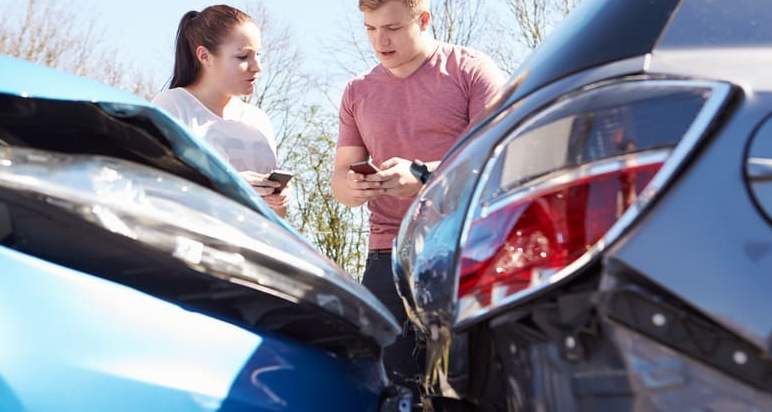Not at Fault Repairs
Not at Fault Repairs
Understanding Not at Fault Repairs
Not at fault repairs refer to the process of restoring your vehicle after an accident where you are not responsible for the damage. If another driver caused the collision, you have the right to have your car repaired to its pre-accident condition without incurring out-of-pocket expenses. This process is designed to protect your interests and ensure you receive fair treatment, regardless of the circumstances surrounding the accident.
Many drivers are unaware of their rights after a not at fault accident. You are entitled to choose your own repairer, have genuine parts used, and receive a replacement vehicle while yours is being repaired. Understanding these rights can help you avoid unnecessary stress and delays, allowing you to focus on getting back on the road safely and efficiently.
The Not at Fault Repair Process
When you are involved in a collision and not at fault, the repair process typically begins with an assessment of the damage. You should gather all relevant information, including the other driver’s details, accident reports, and photographs of the scene. This documentation is crucial for insurance claims and for establishing liability.
Once liability is confirmed, your chosen repairer will work directly with the at fault party’s insurance company to arrange repairs. This includes providing detailed quotes, liaising with assessors, and ensuring all repairs meet manufacturer standards. Throughout the process, you remain informed and in control, with the assurance that your vehicle will be restored to its original condition.
Benefits of Choosing Not at Fault Repairs
There are several key advantages to pursuing not at fault repairs:
No Out-of-Pocket Costs: All repair expenses are covered by the at fault party’s insurance.
Choice of Repairer: You can choose a trusted repair shop rather than being limited to insurer-preferred providers.
Quality Repairs: Repairs are completed to manufacturer standards using genuine parts.
Replacement Vehicle: You may be entitled to a courtesy car while your vehicle is being repaired.
Preserved Insurance Record: Your own insurance policy remains unaffected, with no excess or premium increase.
Common Misconceptions
Many drivers believe they must use the insurer’s recommended repairer or pay their own excess even when not at fault. In reality, you have the right to choose your own repairer and refuse any shortcuts that could compromise your vehicle’s safety or value. Insurers may also suggest using aftermarket parts, but you are entitled to request genuine manufacturer components for your repairs. Being informed about your rights helps you avoid unnecessary costs and ensures your vehicle is restored properly.
How to Make a Not at Fault Claim
Making a not at fault claim begins with collecting evidence and reporting the accident to your insurer. Provide all relevant details, including witness statements and police reports if applicable. Your repairer can assist with the claims process, communicating with insurers and arranging for assessments. Once liability is established, repairs can proceed promptly, and you should receive updates throughout the process.
If you encounter resistance from insurers or delays in approval, your repairer can advocate on your behalf, ensuring your rights are protected and repairs are completed efficiently. Experienced repair shops have established relationships with insurance companies and can streamline the process for faster results.
Conclusion
Not at fault repairs offer peace of mind and financial protection after an accident caused by another driver. By understanding your rights and working with a reputable repairer, you can ensure your vehicle is restored to its pre-accident condition without unnecessary costs or complications. From quality workmanship to genuine parts and replacement vehicles, not at fault repairs prioritize your safety, satisfaction, and convenience. If you’ve been involved in an accident where you are not at fault, consult with an experienced repairer to guide you through the process and help you get back on the road quickly and confidently.

